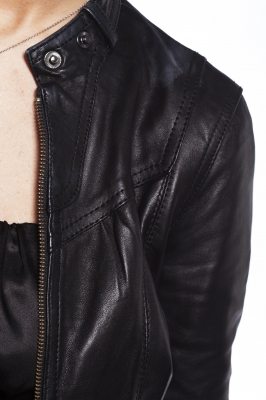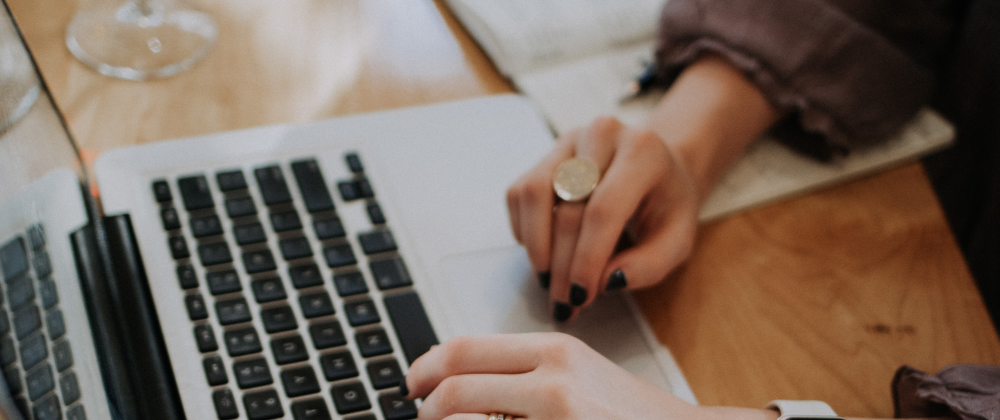“Image courtesy of -Marcus FreeDigitalPhotos.net”.
Leather is a very durable material and with the right treatment and maintenance, it can be almost indestructible. Just like any other item though, a little TLC is what you need to keep it looking good and new—or vintage, if that’s the effect you’re aiming for. Keeping your leather items in good may require time and effort but it’s worth it because you won’t need to replace it as often. Read on to get more tips on how to care for your leather goods.
Conditioning
Let’s start with conditioning. You have to remember that leather conditioners aren’t meant for daily use—do this only when the material dries out. If you condition the leather while damp or wet, the moisture will be sealed in and will lead to rotting. Test the conditioner on a small hidden area of the leather first to be sure that they are compatible; the best type of leather conditioner is one that’s thick and greasy. This will be able to sink into the strong fibers of the leather and keep your item water repellant by leaving a coating of wax on the surface.
Apply conditioning treatments with a soft cloth or sponge, depending on the manufacturer’s specific instructions. Allow the conditioner to sink in and penetrate the inner fibers by leaving it overnight. Remove any residue from the crevices or stitch work afterwards with the use of a soft brush, then buff the whole area with a soft cloth to make it look good as new.
Cleaning
To clean your leather goods, invest in a type of cleaner that will help the item keep its natural lubricating oils instead of drying them out. Saddle soap or proprietary cleaner are two of the most commonly used cleaning products for leather. Use a soft brush to remove any residue of the cleaner. Don’t forget to allow the leather to dry first before conditioning it to restore the oils and grease that have been stripped off during the cleaning process.
Polishing
If you want a sleeker looking finish on your leather goods, you may need to polish it to add some gloss. Don’t just use any polishing treatment, though. Test it out first on a small hidden patch of the leather to see how it may affect the leather. There are some products that may affect the color of your leather or dry it out. Once you’re sure of the polishing agent you’ll be using, apply a little all over the area and buff to a shine.
Storing
Finally, for the most important part of leather care: Storing it. Make sure to do this properly when you’re not using your leather goods to keep them in optimum condition. Pure leather is prone to mildew and mold when stored in an airless space; do not wrap it in plastic. Once it’s safely stored, do not forget all about it! Remember to check on it every now and then to clean it if necessary.
The only thing you have to keep in mind from day one is not to get your leather goods soaked, soiled, or dried out—this will help the leather last longer. Always keep your things in good condition so you wouldn’t have to shell out more mo



